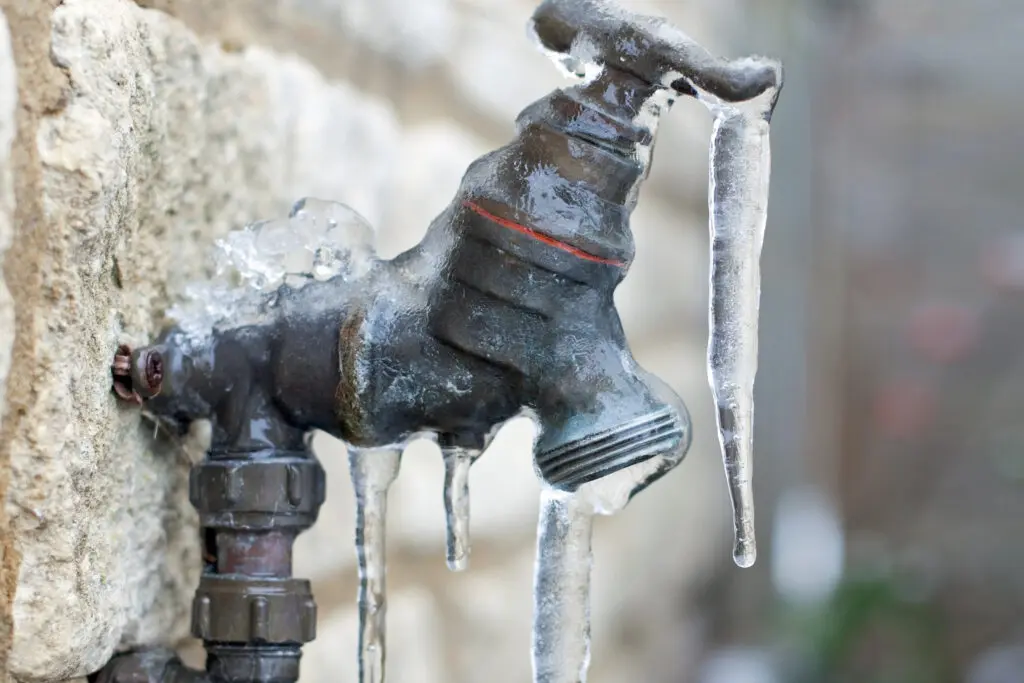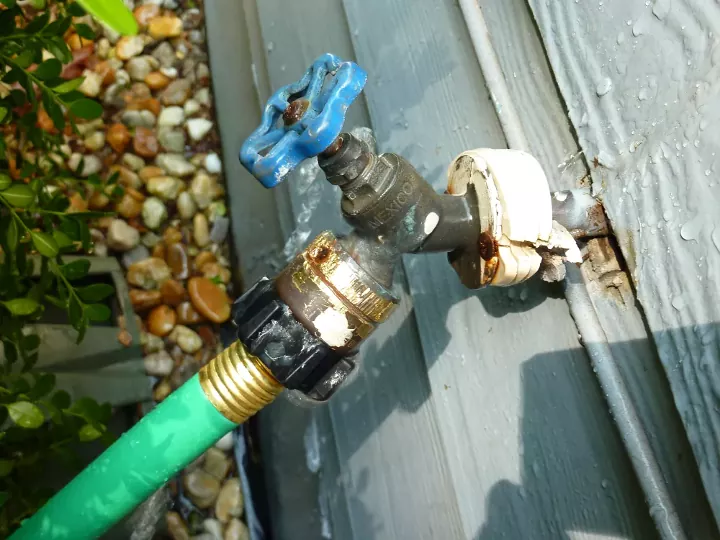The outdoor hose bib is an essential component of any home’s plumbing system, enabling convenient access to water for various tasks. Regular maintenance and checks are crucial to prevent leaks, which can lead to water wastage and potential damage. Here’s a detailed guide on how to effectively inspect your outdoor hose bib for leaks and ensure its optimal functionality.
Understanding the Hose Bib
Before diving into the inspection process, understanding the basic structure and functionality of a hose bib is essential. Typically, it consists of a valve stem, handle, spout, and connection point to the water supply. The outdoor hose bib extends from the indoor plumbing and is susceptible to wear and tear due to weather and frequent use.
Pre-Inspection Preparations
- Gathering Necessary Tools: Before beginning the inspection, gather tools such as an adjustable wrench, screwdriver, pliers, and a hose nozzle.
- Shutting Off Water Supply: Locate the shutoff valve connected to the hose bib inside your home and turn it off to prevent water flow during the inspection.
Visual Inspection
- Check for Visible Damage: Examine the hose bib for any visible cracks, corrosion, or damage to the handle, valve, or spout.
- Inspect Seals and Connections: Look closely at the connections between the hose bib and the wall, ensuring tightness and absence of leaks.
Testing for Leaks

- Tightening Loose Connections: Using an adjustable wrench, gently tighten any loose connections to prevent potential leaks.
- Turn On the Water Supply: Gradually turn on the water supply and observe the hose bib for any signs of leaks around the connections or from the spout.
- Inspecting Valve Stem: Operate the handle of the hose bib and check for any leaks around the valve stem while it’s in both the open and closed positions.
Repairing Identified Leaks
- Replacing Washers or Seals: If leaks persist, consider replacing worn-out washers or seals within the hose bib.
- Seek Professional Assistance: For complex leaks or extensive damage, contacting a licensed plumber is advisable to ensure proper repairs and maintenance.
Read More: Effective Ways to Remove Hair From Drains: Preventing Clogs and Maintaining Plumbing
Preventive Measures
- Seasonal Checks: Perform regular checks before and after extreme weather conditions to catch any potential issues early.
- Winterizing the Hose Bib: During colder months, ensure proper insulation and drainage to prevent freezing and damage.
Regularly inspecting your outdoor hose bib for leaks is a proactive approach to maintaining a functional plumbing system. By following these steps and conducting periodic checks, you can prevent water wastage, avoid property damage, and ensure the longevity of your outdoor hose bib.
Conclusion
Remember, timely repairs and preventive measures are key to preserving the efficiency of your outdoor hose bib and conserving water resources.
December 8, 2023

